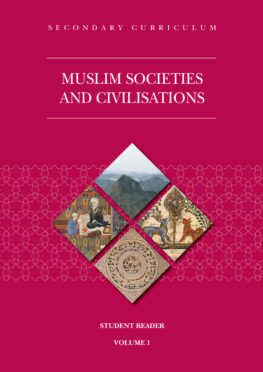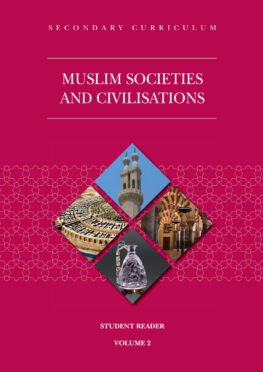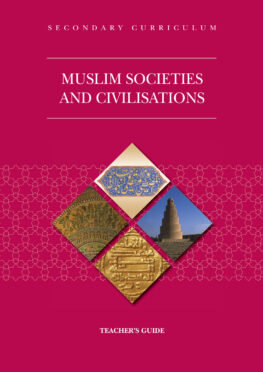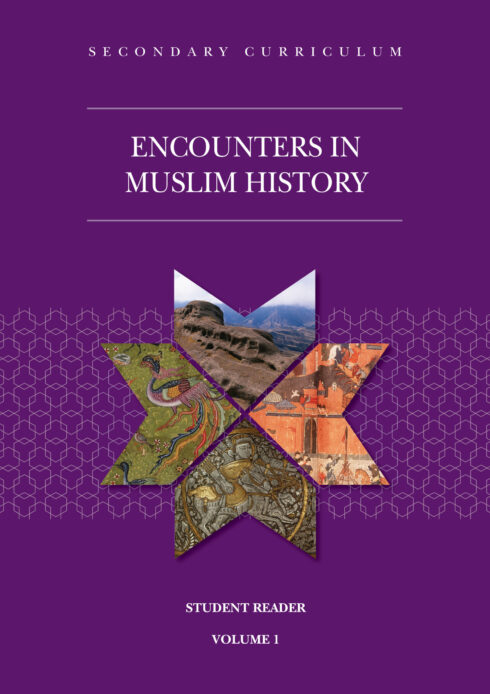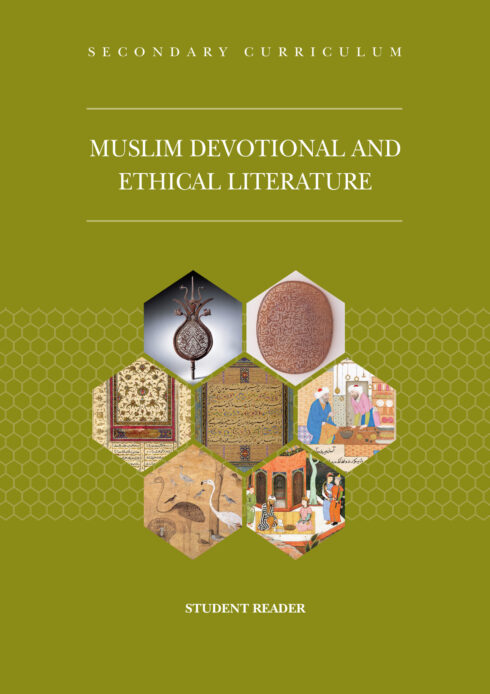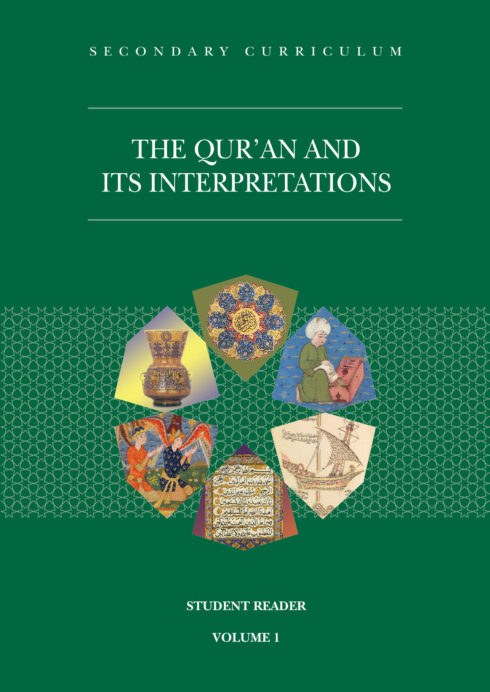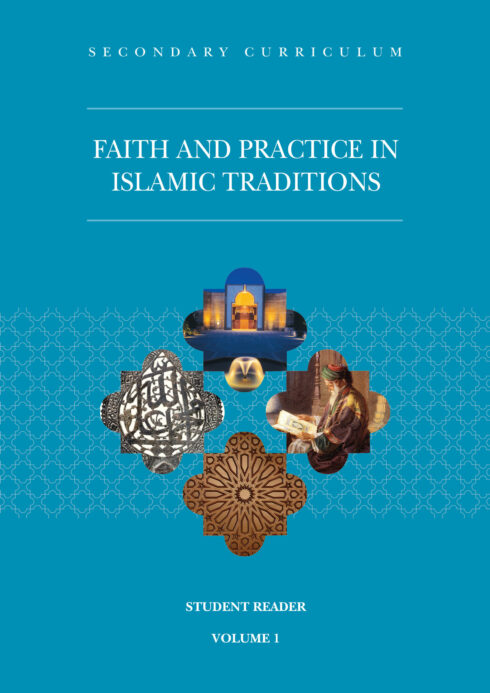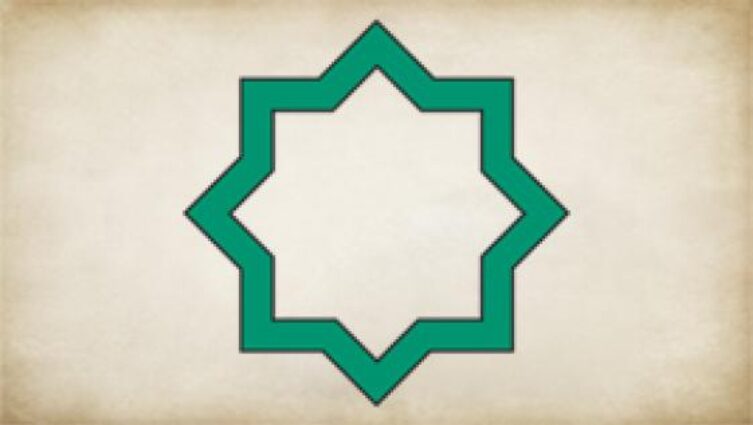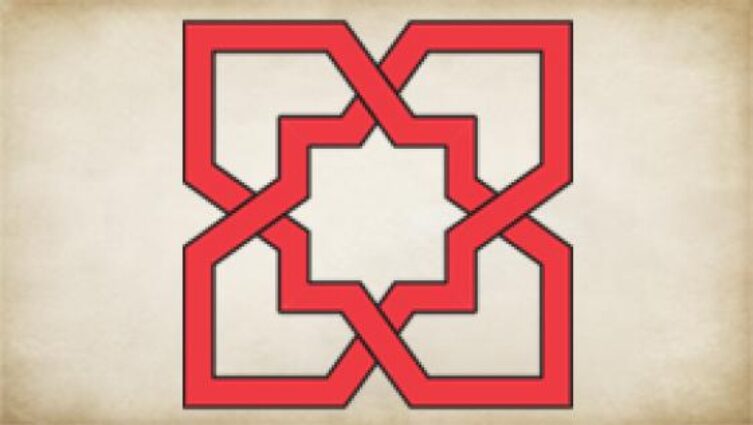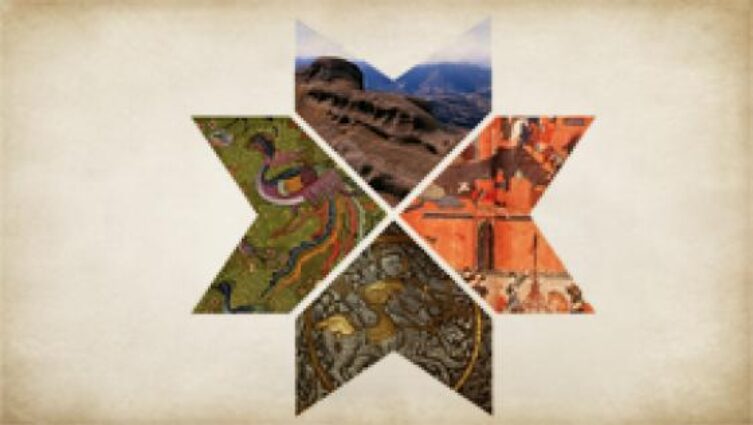This module introduces the rise and development of Islam, from the period of the Prophet Muhammad in the sixth and seventh centuries CE to the rule of the Fatimid Imam-Caliphs from the tenth to the twelfth centuries CE. Students are introduced to people, places and events of significance that came to shape the first six centuries of Islam, beginning with its genesis in Mecca and the establishment of the early caliphateThe Muslim political institution or state centred around the caliph, which came to an end, historically, in 1924 with the disappearance of the Ottoman Empire. in Medina, and tracing the growth of dynastic empires in Damascus, Baghdad, Cordoba and Cairo. Using the city as a space of dynamic creativity, the content presents the flowering of Muslim civilisations in all their manifold aspects. The development of Shia traditions and the emergence of the IsmailisAdherents of a branch of Shi’i Islam that considers Ismail, the eldest son of the Shi’i Imam Jaʿfar al-Ṣādiq (d. 765), as his successor. in this phase of history feature as an integral part of the broader Muslim narrative.

